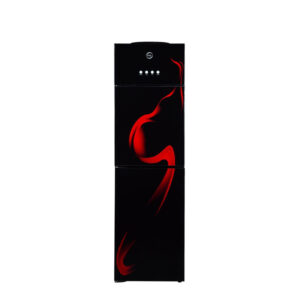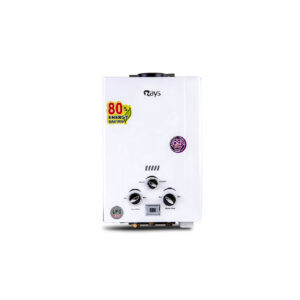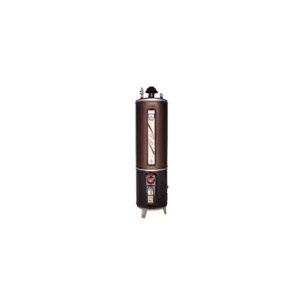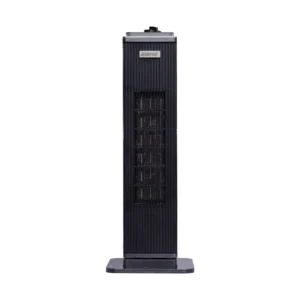Deep freezers are an extremely important kitchen tool for long-term food preservation and storage. Deep freezers are better for long-term storage, bulk freezing, and reducing food waste because they have lower temperatures and more storage space than conventional refrigerators. This guide will provide you with all the details you need to decide if a deep freezer is the right investment for you if you’re new to it.
Understanding Deep Freezers
What is a Deep Freezer?
Deep freezers, commonly referred to as chest freezers, are standalone appliances specifically designed to remain at extremely low temperatures for extended periods. They often feature a top-opening cover and are larger than normal refrigerators. Deep freezers are frequently used to keep huge quantities of food items at subzero temperatures in homes, restaurants, and other food-related companies.
Advantages of Deep Freezers
Compared to standard refrigerators, deep freezers have a number of benefits, including:
- Plenty of storage area for bulk freezing.
- The capacity to sustain lower temperatures, prolonging food preservation.
- Long-term cost-effectiveness due to energy-efficient features.
- Perfect for keeping leftovers, prepared meals, and seasonal produce.
- Perfect for stocking up during promotions or discounts.
Choosing the Right Deep Freezer
Consider Your Storage Needs
When choosing a deep freezer, it is essential to evaluate your storage requirements. Think about the following:
- Take measurements of the space where the deep freezer will go to make sure it will fit comfortably.
- Calculate how much food you plan to store and select a deep freezer with sufficient capacity.
- To ensure that your frozen things are organized well, take into account the internal arrangement, shelves, and baskets.
Energy Efficiency
Since deep freezers are built to operate continuously, it’s critical to pick an energy-efficient model to save electricity usage. Look for appliances that have earned the ENERGY STAR, which certifies that they adhere to strict energy-efficiency guidelines.
Defrosting Options
Traditional deep freezers need to periodically manually defrost, which can be difficult and time-consuming. However, some models include self-defrosting capabilities that minimize the need for human defrosting by preventing the accumulation of frost and ice.
Maintenance and Care
Temperature Control
For the optimal preservation of frozen food, the appropriate temperature must be maintained. For best results, set the deep freezer at a temperature of about -18°C (-0.4°F). Regularly check the temperature using an external thermometer to make sure it stays within a safe range.
Organizing Your Deep Freezer
To maximize space and effectiveness, your deep freezer must be organized properly. Store various food items in clearly marked containers or bags to make it simpler to find certain items without digging through the entire freezer.
Cleaning and Defrosting
Keep your deep freezer’s interior and exterior clean regularly to avoid the accumulation of debris, dust, and food remnants. To ensure peak efficiency and avoid excessive ice buildup, schedule routine defrosting sessions if your freezer manually defrosts.
Tips for Efficient Freezing
Packaging and Labeling
Make sure the food is properly wrapped before freezing to preserve quality. Use freezer-safe bags, airtight containers, or vacuum sealers to reduce exposure to air, which can result in freezer burn. To maintain track of an item’s freshness, don’t forget to label each one with the date it was frozen.
Freezing Techniques
When freezing a lot of food, take into account the following methods:
- Prepare large batches of food in smaller portions for easier access and to prevent unnecessary thawing.
- Quick freezing is advantageous for some foods, such as fruits and vegetables. Before placing them in storage containers spread them out on a baking sheet and freeze them separately.
Rotation System
Implement a rotation system to stop food from being wasted or forgotten. For better access, store recently frozen foods in the back of the deep freezer and older foods closer to the front. By doing this, you’ll finish off the older things before they lose their freshness.
Safety Considerations
Power Outages
A deep freezer can temporarily keep food frozen during a power outage. To keep the cold air within, try not to open the lid too often. Consider moving perishable products to a backup power source or temporary storage if the power loss is expected to linger for more than a few hours to avoid spoiling.
Food Safety Guidelines
To ensure the quality and safety of your frozen food, abide by proper food safety guidelines:
- To stop bacterial growth, keep the temperature below -18°C (-0.4°F).
- Avoid refreezing thawed food unless it has been cooked.
- To preserve quality and flavor, abide by the suggested storage times for various food items.
Conclusion
A deep freezer purchase can revolutionize the way you store food and cut down on wastage. You may extend the life of your appliance and profit from long-term food preservation by becoming familiar with the fundamentals of deep freezers and adhering to regular maintenance and care instructions. Consider your storage demands when selecting a deep freezer, give energy efficiency a first priority, and use efficient freezing and organization methods. You’ll be well on your way to mastering deep freezing if you keep these suggestions in mind!

















